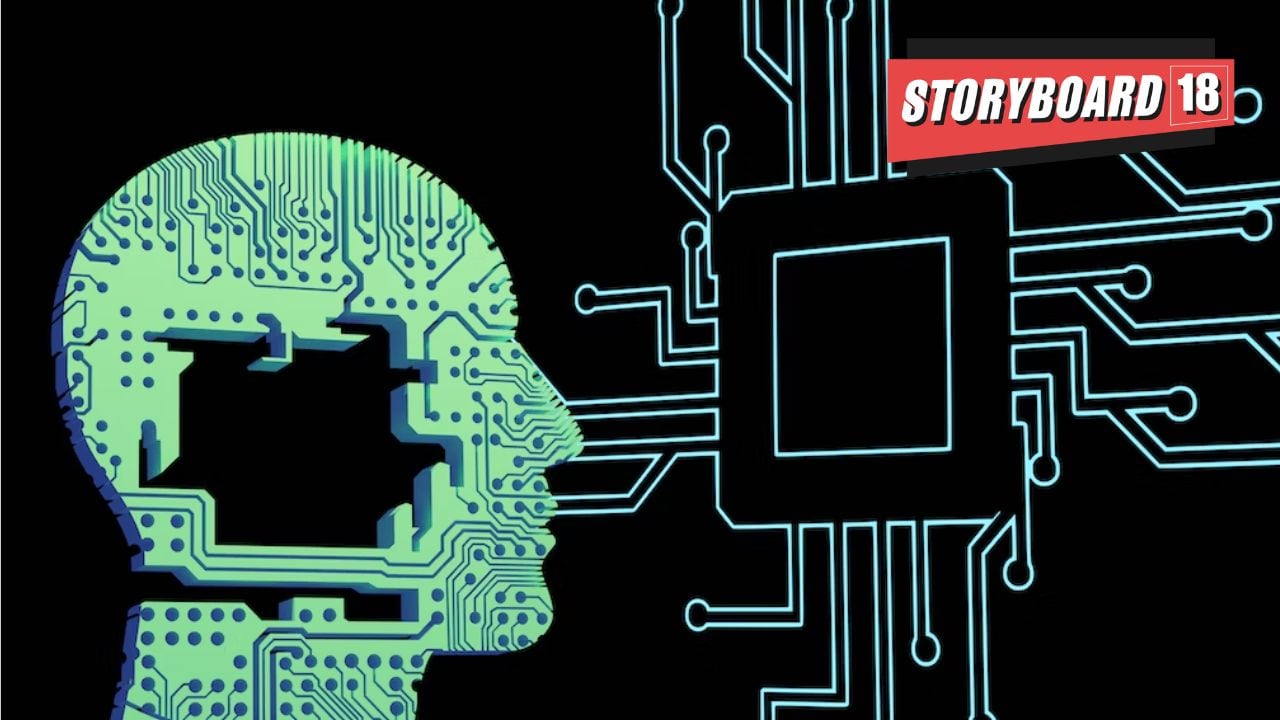Traditional tools no longer keep pace with the threats posed by cybercriminals. The increasing speed, scale, and sophistication of recent cyberattacks demand a new approach to security. Additionally, given the cybersecurity workforce shortage, and with cyberthreats increasing in frequency and severity, bridging this skills gap is an urgent need. AI can tip the scales for defenders. One recent study of Microsoft Copilot for Security (currently
in customer preview testing) showed increased security analyst speed and accuracy, regardless of their expertise level, across common tasks like identifying scripts used by attackers, creating incident reports, and identifying appropriate remediation steps.
Microsoft detects a tremendous amount of malicious traffic—more than 65 trillion cybersecurity signals per day. AI is boosting its ability to analyze this information and ensure that the most valuable insights are surfaced to help stop threats. We also use this signal intelligence to power Generative AI for advanced threat protection, data
security, and identity security to help defenders catch what others miss. Microsoft uses several methods to protect
itself and customers from cyberthreats, including AI-enabled threat detection to spot changes in how resources or traffic on the network are used; behavioral analytics to detect risky sign-ins and anomalous behavior;
machine learning (ML) models to detect risky sign-ins and malware; Zero Trust models where every access request must be fully authenticated, authorized, and encrypted; and device health verification before a device
can connect to a corporate network.
Because threat actors understand that Microsoft uses multifactor authentication (MFA) rigorously to protect itself—all our employees are set up for MFA or passwordless protection—we’ve seen attackers lean into social engineering in an attempt to compromise our employees. Hot spots for this include areas where things of value are being conveyed, such as free trials or promotional pricing of services or products. In these areas, it isn’t profitable for attackers to steal one subscription at a time, so they attempt to operationalize and scale those attacks without being detected.
Naturally, Microsoft builds AI models to detect these attacks for Microsoft and our customers. Microsoft detects fake students and school accounts, fake companies or organizations that have altered their firmographic data or concealed their true identities to evade sanctions, circumvent controls, or hide past criminal transgressions like corruption convictions, theft attempts, etc.
The use of GitHub Copilot, Microsoft Copilot for Security, and other copilot chat features integrated into Microsoft’s internal engineering and operations infrastructure can help prevent incidents that could impact operations.
Microsoft uses several methods to protect itself and customers from cyberthreats, including AI-enabled threat detection to spot changes in how resources or traffic on the network are used; behavioral analytics to detect risky sign-ins and anomalous behavior; machine learning (ML) models to detect risky sign-ins and malware; Zero Trust models where every access request must be fully authenticated, authorized, and encrypted; and device health verification before a device can connect to a corporate network.
